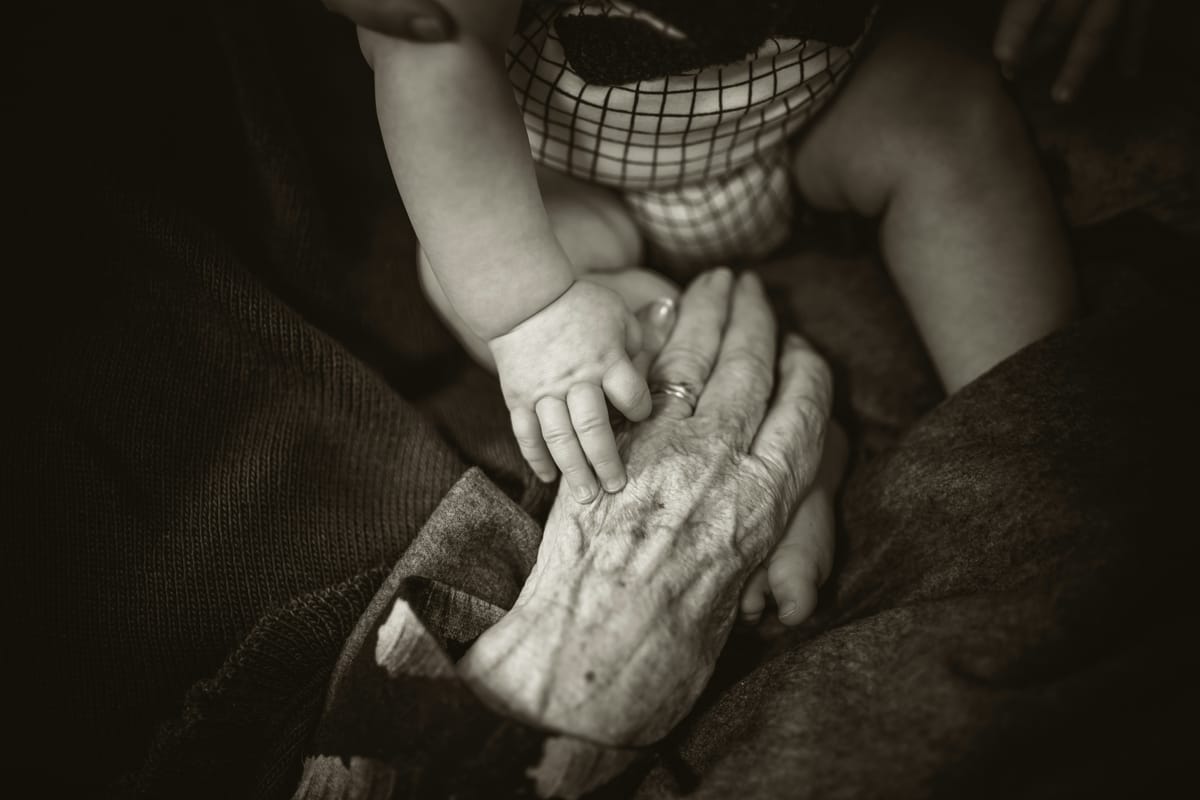Breaking the Chains: Understanding Intergenerational Patterns of Addiction and Finding Hope in Healing

The phone call that both shattered my heart and brought a wave of guilt-ridden relief arrived on a biting winter day. My brother, after years of battling homelessness and addiction, had lost his fight. Grappling with heartbreak, relief that his suffering had ended, and a storm of guilt over my own feelings and actions, I was left with painful questions: Why do these patterns of addiction seem to resonate across generations? How can we break these cycles? And most importantly, how do we heal?
The Shadow of Inheritance
Addiction transcends personal choice—it involves a complex interplay of genetic predispositions, environmental influences, and generational trauma. Research from the National Institute on Drug Abuse suggests that approximately 40-60% of an individual's vulnerability to addiction may be linked to genetic factors. However, this is not a predetermined fate; rather, it is a call to awareness and action.
Dr. Gabor Maté, a renowned addiction specialist, emphasizes that trauma—especially intergenerational trauma—plays a critical role in addiction. "The attempt to escape from pain," he writes, "is what creates more pain." This perspective shifts our understanding of addiction from a moral failing to a human response to deep-seated wounds, many of which have been unconsciously passed down through generations.
The Science of Inherited Trauma and Epigenetics
Emerging research in epigenetics has shown that trauma can alter genetic expression, affecting not only our own mental and physical health but also that of future generations. Dr. Bruce Lipton, a pioneer in the field, describes epigenetics as “the science of how environmental signals select, modify, and regulate gene activity.” This perspective empowers us, showing that while genes may predispose us to certain conditions, they do not determine our destiny.
A groundbreaking study published in Neuropsychopharmacology demonstrated that stress-related changes in parents can influence their children's susceptibility to addiction, even if those children never directly experienced the original stressors. These findings reinforce what many of us have long sensed intuitively: the pain of our ancestors does not simply vanish—it lingers, shaping behaviors, emotions, and coping mechanisms in ways we may not even recognize. But just as trauma can be inherited, so too can healing.
Breaking the Cycle: Pathways to Healing
Healing intergenerational patterns of addiction and trauma requires individual and collective effort. Here are key pathways to transformation:
Acknowledging the Pattern
Understanding our family history isn't about placing blame—it’s about gaining insight. By recognizing these patterns, we can consciously choose a different path, disrupting cycles that have persisted for generations.
Seeking Professional Support
Healing trauma, whether personal or inherited, often requires professional guidance. Trauma-informed therapies such as EMDR (Eye Movement Desensitization and Reprocessing), hypnotherapy, and somatic experiencing have been shown to help process both personal and ancestral trauma.
Embracing Spirituality
Spirituality offers a profound pathway for healing, providing hope, resilience, and a deeper understanding of oneself. Practices such as meditation, mindfulness, prayer, and energy healing can help individuals reconnect with their inner strength and cultivate a sense of peace and purpose.
Building Community
Recovery does not happen in isolation. Support groups, community organizations, and shared healing spaces provide crucial connection and understanding. Through shared stories, we dismantle unhelpful narratives and create opportunities for collective healing.
Hope in Action
As someone who has experienced addiction's devastating impact firsthand, I understand the weight of this legacy. However, I have also witnessed the transformative power of breaking silence, seeking help, engaging in spiritual practice, and fostering connection. Each time we share our stories, we chip away at destructive patterns. Each time we reach out for help, we demonstrate extraordinary courage. Each time we support others in their recovery journey, we strengthen our collective resilience and contribute to healing the original wound.
Moving Forward
The path to healing intergenerational patterns is not linear. It requires patience, compassion, and often professional support. But by understanding the patterns, we can approach addiction with greater empathy and more effective interventions.
Seeking help is not a sign of weakness—it is an act of tremendous courage. Whether you are struggling with addiction yourself or supporting a loved one, know that healing is possible. The patterns that have been passed down through generations can end with us. We have the power to write a new chapter in our family’s story—one rooted in healing, resilience, and hope.
This article combines personal experience with scientific research. For specific medical advice, please consult healthcare professionals. If you or someone you know is struggling with addiction, contact the SAMHSA National Helpline at 1-800-662-HELP (4357).
About the Author
Lainne Love is a PHAMbassador, an award-winning Spiritual Psychology Coach, bestselling author, leading-edge healer, and proud momma. She is a passionate advocate for breaking free from ancestral patterns and creating a new legacy by stepping into your bigger mission. To work
with Lainne, visit www.lainne.com.





